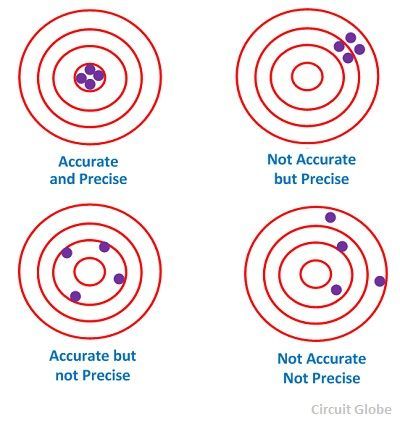Intro to Sensors
✎Modified 2020-09-11 by Dev Ramesh
Student version (unknown ref duckiesky_high_school_student/sac1-basics-sensors)
Previous lesson - Signals and Connections
Knowledge -
-
The ability to differentiate between examples of continuous signals and those discretized in time and/or value
-
Know the purpose of discretizing continuous signals
-
Know the general pathway for measuring a physical system potential
-
Get a sense of the limitations of electrical sensors
Skills - N/A
Introduction to Sensors
✎Modified 2020-07-13 by Dannylee885
STANDARDS: Next Generation Science Standards (NGSS) and International Society for Technology in Education (ISTE)
✎Modified 2020-08-25 by Peyton Strong
NGSS: HS - PS4 - 5: Communicate technical information about how some technological devices use the principles of wave behavior and wave interactions with matter to transmit and capture information and energy.
Assessments and Evidence of Understanding
✎Modified 2020-08-12 by unknown
By the end of the lesson, students are able to understand how sensors process signals, as well as how they are subject to errors.
AGENDA (Brief Summary of Activities)
✎Modified 2020-08-12 by unknown
10 min: Brainstorming the senses of robots based on human experience
25 min: Introduce conecepts about sensors
15 min: Fun exercise to help students experience the concepts introduced
Differentiation (strategies for grouping, ELL, and inclusion)
✎Modified 2020-04-16 by Garrett Warren
Advanced preparation/Materials/Set Up (Including Misconceptions)
✎Modified 2020-08-12 by unknown
Classroom Set Up
Teacher can write a DO NOW on the board for students to think about what can be measured by a robot.
SCRIPT OF TEACHING AND LEARNING ACTIVITIES
✎Modified 2020-04-16 by Garrett Warren
Introducing The Lesson
✎Modified 2020-08-25 by Peyton Strong
10 mintues
Hook:
Exercise: Students brainstorm and discuss in groups the things that can be measured by a robot, and possibly write their ideas on board.
After this is done, teachers do a review what our drone’s three sensors measure:
-
IR sensor - measures distance
-
IMU sensor - measures acceleration
-
The camera - measures planar motion
Explain the definition of roll, pitch, and yaw.
Exercise: Have your students make paper airplanes to physically demonstrate roll, pitch, and yaw.
Main Lesson
✎Modified 2020-09-08 by unknown
25 minutes
The main lesson is evolved around introducing 3 questions, possibly let students discuss their solutions, and then provide the linked student book answers.
Question 1. How computers interpret sensors’ output.
Refer to the signals lesson that computers can only understand a finite set of numbers, so we need to convert sensors’ output to a finite set of numbers.
Pause for discussion if necessary
Question 2. How we acquire data that are not directly measured.
What if we want the data in between those signals? Or if we want to predict the future values?
Pause for discussion if necessary
Question 3. How good are our sensors?
There are two measures of the “goodness” of a sensor:
1. Accuracy: How close are the measurements to the truth
2. Precision: How close are the measurements of the same item to each other

We need to pay extra attention to the units used. Here are the industry standards.
- Meters, NOT inches or feet
- [Radians](https://en.wikipedia.org/wiki/Radian), NOT degrees
Sensors have errors, too! Just like the signal noise from the electronics unit. How might we mitigate them?
Pause for discussion if necessary
Ending The Lesson
✎Modified 2020-08-25 by Peyton Strong
15 minutes
A quick review of the lesson, sample questions include:
What does ADC stand for?
Why do we need an ADC?
Can you demonstrate row, pitch, and yaw using your body?
Exercise: Mimicking the second way (combining data from multiple sensors) that make sensors more accurate – students individually measure something (a distance of a paper airplane flight, number of jelly beans in a jar, or any other creative activities) and then averaging the individual guesses. Then, ask students how accurate their measusures are. What about precision?
Useful Resources and References